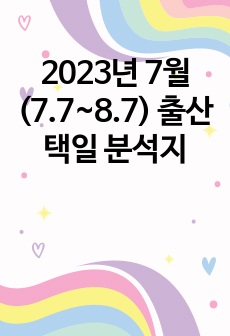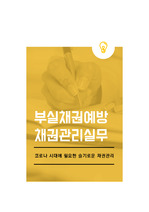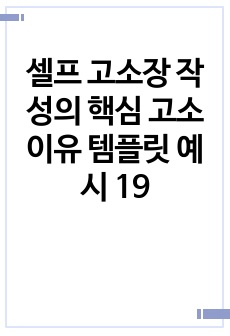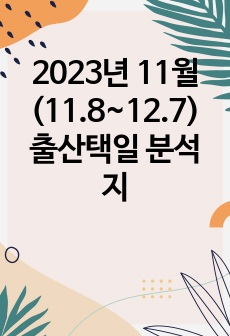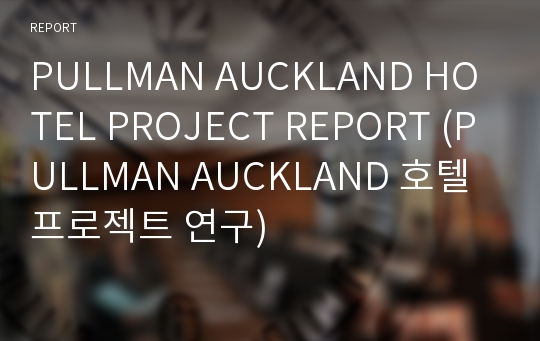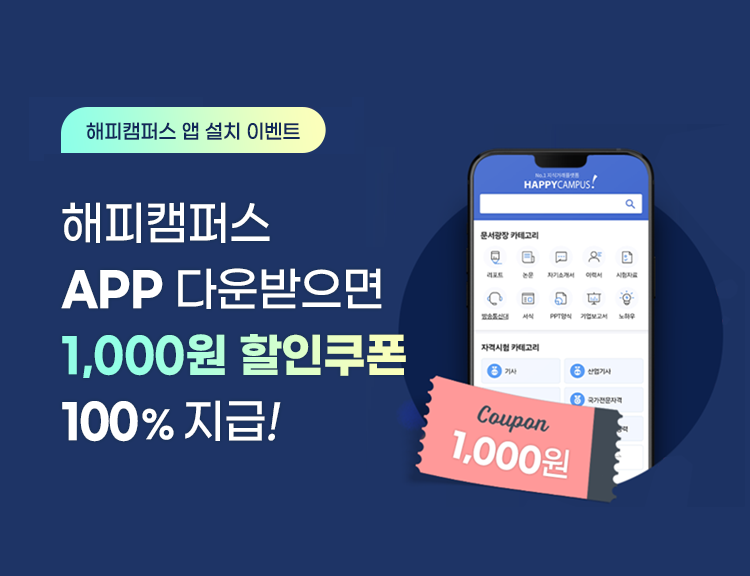PULLMAN AUCKLAND HOTEL PROJECT REPORT (PULLMAN AUCKLAND 호텔 프로젝트 연구)
aimkwon89
다운로드
장바구니
소개글
"Pullman Auckland Hotel Project Report (Pullman Auckland 호텔 프로젝트 연구)"에 대한 내용입니다.목차
1.0 Introduction1.0.1 Organization Overview
1.0.2 Role Overview
1.0.3 Project Importance to Organization
1.0.4 Structure
2.0 Project Summary
3.0 Literature Review
3.0.1 Importance of Training
3.0.2 Service Standardization
3.0.3 Effective Method of Training
3.0.4 Adult Learning Theory
3.0.5 Part-time Training Challenges
3.0.6 Literature Review Summary
3.0.7 Relationship between theory and practice
3.0.7.1. Relationship with Importance of Training
3.0.7.2 Relationship with Effective Methods of Training
3.0.7.3 Relationship with Adult Learning Theory
3.0.7.4 Relationship with Adult Learning Theory
3.0.7.5 Relationship with Part-time Training Challenges
4.0 Discussion
4.0.1 Connections with Importance of Training
4.0.2 Connections with Service Standardization
4.0.3 Connections with Effective Methods of Training
4.0.4 Connections with Adult Learning Theory
4.0.5 Connections with Part-time Training Challenges
5.0 Conclusion
6.0 References
본문내용
The project title is a staff training manual for Room Service Attendant at Pullman Auckland. To make a staff training manual, a job description for Room Service Attendant and Room Service menu are given by the Human Resource Department. From the first day, the Room Service department is introduced and the hotel tour is conducted. Then, the couple of hours were listen to how to answer phones and take orders in a courteous manner, and were taught how to deliver orders promptly. The similar training is conducted for next three to four weeks. After a month, more time was given to work independently and several hours were taught how to use the Opera system, how to make a revenue report, and how to handle guest complaints professionally. And also, work shift is changed from morning to evening, and time was given to learn the evening menu and to close the service. From last three weeks, most content in the training manual, including job duties, standard operating procedures, and health and safety responsibilities is created.참고 자료
Aliaga, A. O. (2001). Human capital, HRD and the knowledge organization. Academy of Human Resource Development, 1(1), 427-434.Atan, J. B., Raghavan, S., Hasnaa, N., & Mahmood, N. (2015). Impact of training on employees’ job performance: A case study of Malaysian small medium enterprise. Review of Management, 5(1/2), 40-51.
Boella, M. J., & Goss-Turner, S. (2005). Human resource management in the hospitality industry: an introductory guide. Amsterdam, Oxford: Elsevier Butterworth-Heinemann.
Burgess, J. (2005). Exploring job quality and part-time work in Australia. Labour and Industry, 15(3), 29–40.
Burke, L. A., & Hutchins, H. M. (2008). A study of best practices in training transfer and proposed model of transfer. Human Resource Development Quarterly, 19(2), 107-28.
Cannon, D. F., & Gustafson, C. M. (2002). Training and development for the hospitality industry. Lansing, Mich: Educational Institute, American Hotel & Lodging Association.
Cekada, T. L. (2010). Training Needs Assessment: Understanding what employees need to know. Professional Safety, 55(3), 28-33.
Chiang, C., & Wu, K. (2014). The influences of internal service quality and job standardization on job satisfaction with supports as mediators: Flight attendants at branch workplace. International Journal of Human Resource Management, 25(19), 2644-2666.
Christie, M., Carey, M., Robertson, A., & Grainger, P. (2015). Putting transformative learning theory into practice. Australian Journal of Adult Learning, 55(1), 9-31.
Clemenz, E. C. (2003). Dimensions of perceived training quality: A comparison of measurements. Journal of quality assurance in hospitality and tourism, 4(1/2), 47.
Devins, D., Johnson, S., & Sutherland, J. (2010). Employer characteristics and employee training outcomes in UK SMEs: A multivariate analysis. Journal of Small Business and Enterprise Development, 11(4), 449 – 457.
Falasca, M. (2011). Barriers to adult learning: Bridging the gap. Australian Journal of Adult Learning, 51(3), 583-590.
Gursoy, D., Chen, M. H., & Kim, H. J. (2005), The US airlines relative positioning based on attributes of service quality. Tourism Management, 26(1), 57–67.
Hsieh, Y. M., & Hsieh, A. T. (2001), Enhancement of service quality with job standardization. Service Industries Journal, 21(1), 147–166.
Iverson, K. M. (2001). Managing human resources in the hospitality industry: an experiential approach. Upper Saddle River, NJ: Prentice Hall.
Jameson, S. (2000). Recruitment and training in small firms. Journal of European Industrial Training, 24(1), 43–49.
Jaszay, C., & Dunk, P. (2003). Training design for the hospitality industry. Clifton Park, NY: Delmar Learning.
Kalleberg, A. (2000). Nonstandard employment relations: Part-time, temporary, and contract work. Annual Review, 26(1), 341–365.
Kasiri, L. A., Guan Cheng, K. T., Sambasivan, M., & Sidin, S. M. (2017). Integration of standardization and customization: Impact on service quality, customer satisfaction, and loyalty. Journal of Retailing and Consumer Services, 35(1), 91-97.
Kavanaugh, R. R., & Ninemeier, J. D. (2001). Supervision in the hospitality industry. Lansing, Mich: Educational Institute of the American Hotel & Lodging Association.
Lashley, C. (2009). The right answers to the wrong questions: Observations on skill development and training in the United Kingdom’s hospitality sector. Tourism and Hospitality Research, 9(4), 340–352.
Lashley, C., & Thomas, R. (2005). Identifying current research on skills: a literature review for people 1st. Leeds, UK: Metropolitan University.
Knowles, M. S., Holton, E. F., & Swanson, R. A. (2011). The adult learner: the definitive classic in adult education and human resource development. Amsterdam, Oxford: Elsevier Butterworth-Heinemann.
Malone, S. (2014). Characteristics of adult learners. Training and Development, 41(6), 10-13.
McCarthy, G. (2015). Motivating and enabling adult learners to develop research skills. Australian Journal of Adult Learning, 55(2), 309-331.
Miri, S. A., Mansor, N. N. A., Chasempour, Z., & Anvari, R. (2015). Staff organisation training: Designing, stages, and methods. Social and Behavioural Sciences, 129(1), 227-235.
Monk, D., & Ryding, D. (2007). Service quality and training: A pilot study. British Food Journal, 109(8), 627–636.
Qureshi, T. M., Ramay, M. I., & Marwat, Z. A. (2007). Impact of human resource management (HRM): Practices on employees’ performance. Islamabad, Pakistan: Muhammad Ali Jinnah University
Sieben, I., De Grip, A., Longen, L., & Sorensen, O. (2009). Technology, selection, and training in call centres. Industrial and Labour Relations Review, 62(4), 553-571.
Sobaih, A. E., Coleman, P., Ritchie, C., & Jones, E. (2011). Part-time restaurant employee perceptions of management practices: An empirical investigation. Service Industries Journal, 31(11), 300-301.
Sobaih, A. E., Coleman, P., Ritchie, C., & Jones, E. (2010). A good practice model for enhancing management practices amongst part-time employees in the UK restaurant sector. Conference Proceeding of the Annual Euro-CHRIE, 1(1), 1-15.
Sobaih, A., E., E. (2011). Half Job – Half Training? Management Perceptions of Part-time Employee Training in the Hospitality Industry. Journal of Human Resources in Hospitality and Tourism, 10(1), 400-420.
Sommerville, K. L. (2007). Hospitality employee management and supervision: a practical approach. Hoboken, NJ: John Wiley.
Stamper, C. L., & Van Dyne, L. (2003). Organizational citizenship: A comparison between part-time and full-time service employees. Cornell Hotel and Restaurant Administration Quarterly, 44(1), 33-42.
Tanke, M. L. (2001). Human resources management for the hospitality industry. Albany, NY: Delmar Thomson Learning.
Tao, Y. H., Yeh, C. R., & Sun, S. I. (2006). Improving Needs Assessment Process via the Internet: System design and qualitative study. Internet Research, 16(4), 427-449.
Tesone, D. V. (2005). Human resource management in the hospitality industry: a practitioner's perspective. Upper Saddle River, NJ: Prentice Hall.
Tourism Industry. (2015). The Voice of the Tourism Industry. Retrieved 1 October, 2015 from https://www.tianz.org.nz/main/news-detail/index.cfm/2015/06/auckland-dominates-hotel-industry-awards/
Tracey, B., & Hinkin, T. (2008). Contextual factors and cost profiles associated with employee turnover. Cornell Hospitality Quarterly, 49(1), 12-27.
Tsaur, S., Wang, C., Yen, C., & Liu, Y. (2014). Job standardization and service quality: The mediating role of prowsocial service behaviors. International Journal of Hospitality Management, 40130-138.
Yih-Ming, H., & An-Tien, H. (2001). Enhancement of service quality with job standardisation. Service Industries Journal, 21(3), 147-166.
Wang, G., Wang, J., Ma, X., & Qiu, R. G. (2010). The effect of standardization and customization on service satisfaction. Journal of Service Science, 2(1), 1-23.
Watson, S., Maxwell, G. A., & D'Annunzio-Green, N. (2002). Human resource management: international perspectives in hospitality and tourism. London, United Kingdom: Continuum.











